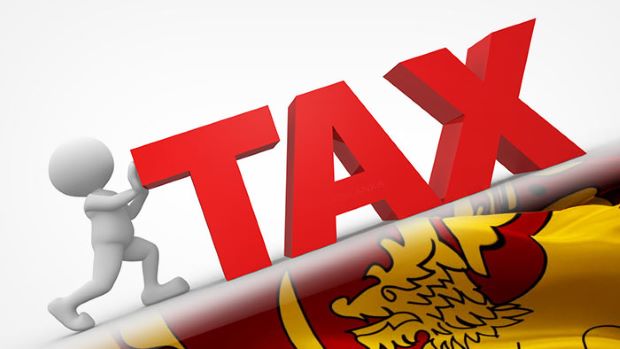COLOMBO – Sri Lanka’s planned relief to personal income taxpayers could cost 0.08% of gross domestic product in lost revenues and would be compensated by additional tax measures, Treasury Secretary Mahinda Siriwardana said.
President Ranil Wickremesinghe said last week that Sri Lanka and the International Monetary Fund (IMF) have been discussing giving income tax relief by widening tax slabs.
“The Treasury began negotiating such an amendment with the IMF as far back as September 2023,” Siriwardana told a public forum this week.
He said it was not possible to implement such a proposal previously given the fact that revenue was falling short of targets, but added that with the improvement in revenue performance this year, it has become possible to negotiate an adjustment to the PIT (Personal Income Tax) structure, which provides some relief to the taxpayers in the middle bands, whilst ensuring there isn’t an excessive gain for the highest income earners.
“The proposed adjustment to the PIT is estimated to cost around 0.08% of GDP and compensating revenue measures have already been discussed with the IMF, such that revenue targets are not compromised,” he elaborated.
Sri Lanka has been going to the IMF repeatedly since the mid-1960s when the US Fed began activist monetary policy cycles triggering global inflation. Despite undertaking radical economic reforms after 1978, the currency was rapidly debased by attempting to target the money supply without a floating rate after an external anchor was jettisoned.
After Sri Lanka followed IMF’s Second Amendment jettisoning external anchors, inflation shot up in the 1980s, as the money supply was targeted without a clean floating rate.
Prior to A. S. Jayawardene, who did not believe in the conception of inflation, assuming the role of Central Bank Governor in 1995, Sri Lanka had only experienced a brief respite from IMF programs—just over a year between 1985 and 1988—over a span of more than three decades.
From 1995 to 2009, there was one standby program in 2001, and an EFF/ECF was struck in 2003, to sequence reforms when there was no monetary instability and deflationary policy in place.
Peacetime monetary instability and inflationism returned with a vengeance after which a narrow or single policy rate was enforced through inflationary open market operations without a clean floating exchange regime.
Stabilization crises after rate cuts, invariably involve ad hoc tax hikes, as slowing growth reduces tax revenues.
The aggressive call money rate targeting led to twin stabilization crises within the same program, busting growth, while monetary debasement and debt accelerated.
Macro-economist then cut tax rates on top of inflationary rate cuts, driving the country to default.
After income tax was raised in the current stabilization crisis, several private companies raised salaries to increase disposable income and avert brain drain, also boosting income tax collections.
The central bank also steeply raised salaries, as had some SOEs.
-economynext.com



Comments are closed, but trackbacks and pingbacks are open.